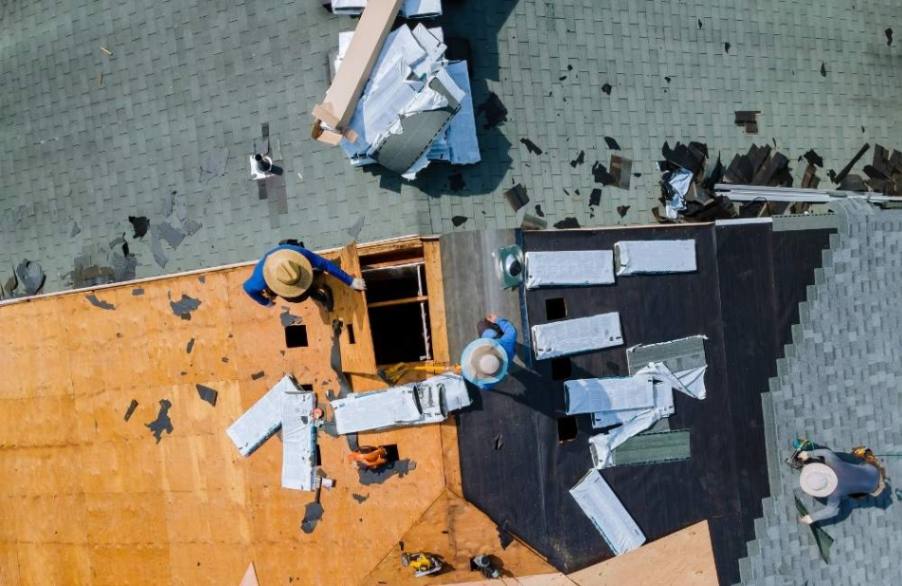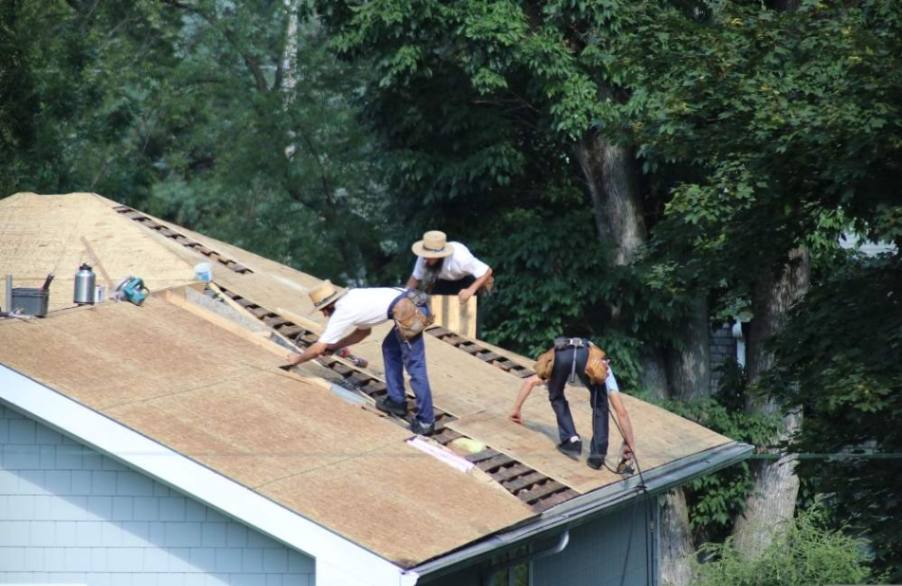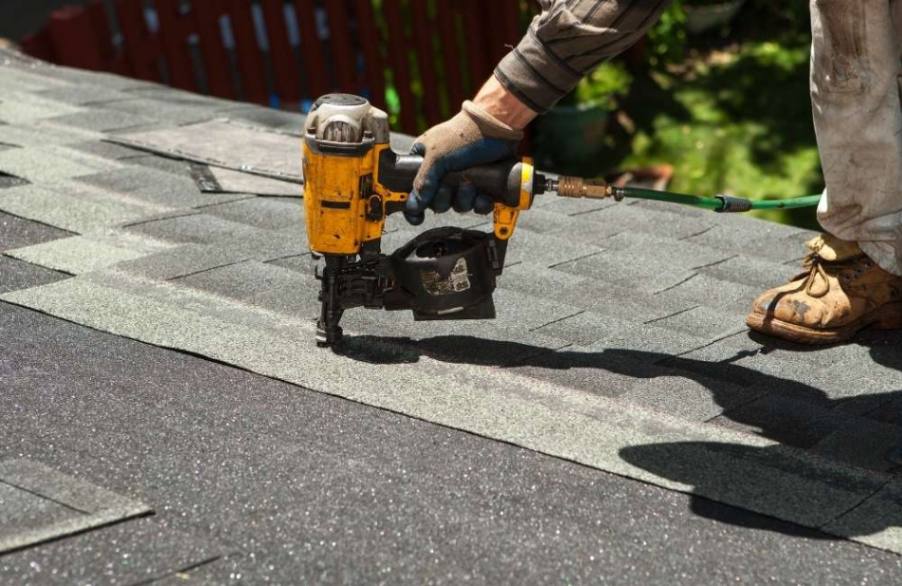- Free Estimates

A full roof replacement is a major home improvement project. It’s essential for protecting the integrity of your property, ensuring safety, and enhancing curb appeal. However, without proper preparation, even the most well-executed roof replacement services can lead to disruptions, damages, or unnecessary stress. Whether working with local contractors or national providers, preparing the home before installation begins is key to a smooth and successful project.
Here are the most effective steps homeowners in Hyde Park, NY, can take to prepare their property the right way.

A full roof replacement is more than a cosmetic upgrade—it’s a structural overhaul of one of your home’s most critical protective elements. Unlike patch jobs or temporary repairs, this process addresses the entire roofing system, ensuring long-term durability and energy efficiency.
Understanding the complexity of professional roof replacement helps homeowners set realistic expectations and plan accordingly. The lifespan of a roof typically ranges from 25 to 50 years. This depends on the material type, its durability, and overall installation quality, which makes selecting the right roofing solution an important long-term decision.
An in-person inspection allows contractors to evaluate your home’s unique structure, identify potential challenges, and finalize logistics before materials are delivered and work begins. If your roof replacement is prompted by a storm or structural damage, confirm whether your homeowner’s insurance policy provides coverage.
Property damage, including roof damage, made up 97.8% of homeowners’ insurance claims in 2022, making it one of the most common reasons for filing a claim.
A full roof replacement involves loud noises, falling debris, and constant foot traffic on the property. For pets and family members—especially children or those with sensory sensitivities—this can be overwhelming or even dangerous if not addressed ahead of time. By taking precautions, homeowners can maintain a calm, safe environment for the entire household during their professional roof replacement.
Professional roof replacement crews need ample space to work efficiently and safely. Limiting obstructions ensures smoother material handling and reduces the risk of accidental damage to your property. By clearing these areas in advance, homeowners help roofing solutions providers stay efficient and safe throughout the roof replacement process.
The physical impact of roof removal and installation travels through the structure of the home, often causing vibrations in ceilings and walls—especially on upper levels. Even well-secured homes may experience minor shifting during construction. Taking precautions helps preserve your belongings and ensures peace of mind throughout the professional roof replacement.
Even the most careful roof replacement services create dust and debris that can seep through small gaps in the roof structure. If you use your attic for storage or live in a home where the attic is part of the living space, extra protection is essential.
The exterior of your home is just as vulnerable during a full roof replacement. Without protection, common outdoor items and landscaping elements can be damaged by falling debris, heavy foot traffic, or materials temporarily stored on the lawn. Although most professional roof replacement contractors take steps to minimize damage, extra precautions on the homeowner’s part can help preserve landscaping.


Roof replacement is a significant construction project that impacts not only the homeowner but also the surrounding community. Being proactive about communication with neighbors helps prevent frustration and builds goodwill. Being courteous and informative reinforces community relationships and reduces the chances of complaints or misunderstandings during your full roof replacement.
Roof replacement is a loud, labor-intensive process. From the early removal of old materials to the nailing of new shingles, construction noise is constant and often unavoidable. By setting realistic expectations and making small adjustments, homeowners can stay productive and reduce stress during their roof replacement services.
Weather can significantly influence the progress and safety of a full roof replacement. Unlike indoor projects, roofing solutions are exposed to the elements and must be timed carefully.
Once the full roof replacement is complete, a final inspection ensures quality control and proper site cleanup. This step is just as important as the installation itself and should never be skipped.
A full roof replacement generally takes 1 to 3 days to complete. The exact timeline depends on factors like roof size, material type, and weather conditions. Complex designs or unexpected repairs may extend the duration.
Spring and fall are considered the best seasons for a full roof replacement. These times of year offer mild temperatures and stable weather, which helps materials adhere properly. Summer and winter replacements are possible but may present weather-related challenges.
Homeowners insurance may cover a roof replacement if the damage results from a covered event, such as a storm or a fallen tree. Routine wear and tear or aging roofs are typically not covered. Always check your policy details and speak with your insurance provider for confirmation.
You don’t have to leave your home during a full roof replacement, but it may be more comfortable to do so. The process can be noisy and disruptive, especially on upper floors. If you work from home or have young children, consider alternative arrangements for a day or two.
Start by looking for licensed and insured roofing contractors with strong local reputations and verified reviews. Ask for written estimates, warranty information, and examples of past work. A reliable contractor should also clearly communicate timelines, pricing, and expectations.


If you’re planning a full roof replacement, there’s no better time to prepare your home and choose a trusted contractor. Roofing Experts of Hyde Park is the go-to provider for professional roof replacement in Hyde Park, NY, delivering dependable service, top-quality materials, and expert craftsmanship every step of the way. With years of experience serving Hyde Park, NY, homeowners, our team ensures your roofing project is done right, on time, and on budget.
Contact Roofing Experts of Hyde Park today to schedule your inspection and take the first step toward a safer, stronger roof!